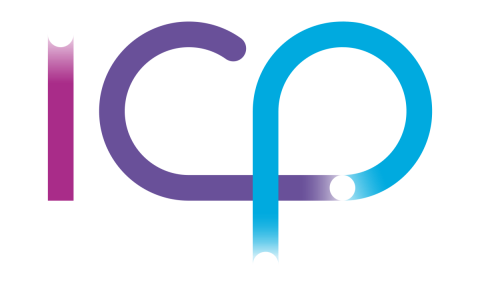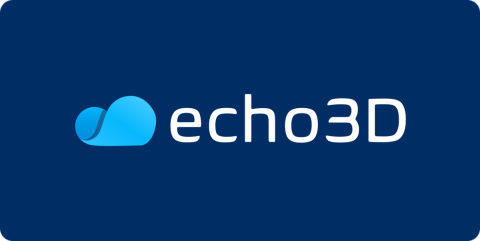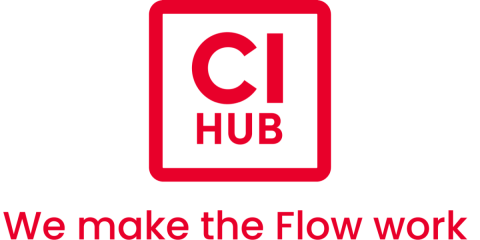DAM New York 2024

Ensuring Your DAM Evolves to Match Your Changing Business Needs
Reality one: Businesses must constantly evolve to stay relevant for customers, to take advantage of technical advances and to ‘stay ahead’ of competitors.
Reality two: The way content is consumed, produced, and distributed has changed and continues to change – at an ever-faster pace.
Reality three: A DAM system that was originally built to align with past workflows may lack the agility to pivot quickly to many of the new business requirements (or may require investment to be ready for them).
Reality four: The traditional scope of DAM – to maintain control of and to access digital assets – is being challenged by an ever-changing content supply chain.
No wonder many DAM systems, processes and ways of working must exert themselves to keep up.
A panel of digital leaders (all at the forefront of digital transformation) examines the implications of endeavoring to ensure that the content supply chain meets the needs of consumers – consumers who expect to be served content on-demand and personalized to them, delivered across multiple devices, and with payments using an ultrawide range of models.
Covering:
- How systems should be used to manage digital assets – the need to support enhanced agility.
- The importance of fast-turnaround content production relying on global collaboration whilst localizing, personalizing and repurposing digital assets for multiple markets.
- Why content owners need nimble systems, agile processes and specialized skillsets that match their changing workflows and “this month’s” business needs.
- Managing legacy systems whilst meeting new digital asset needs.
- The evolving role of metadata, especially AI-generated content to enrich, repurpose and target content.
- How global and remote DAM workflows are changing.
- Alternative approaches to managing production and work-in-progress digital assets vs archives.





























